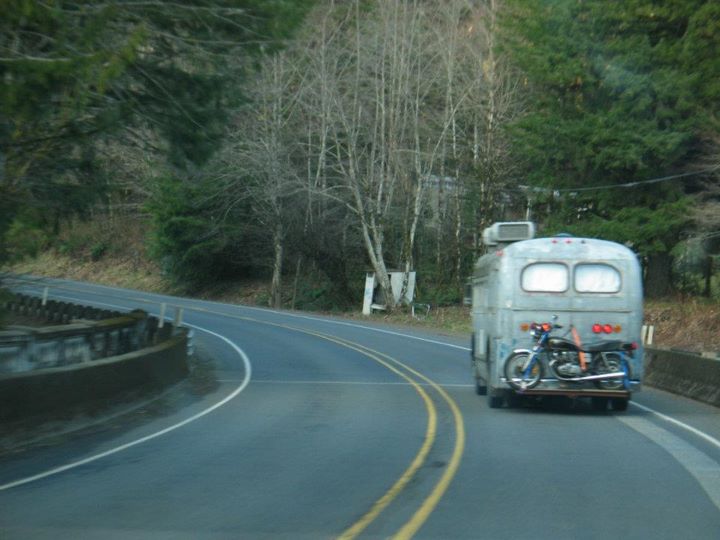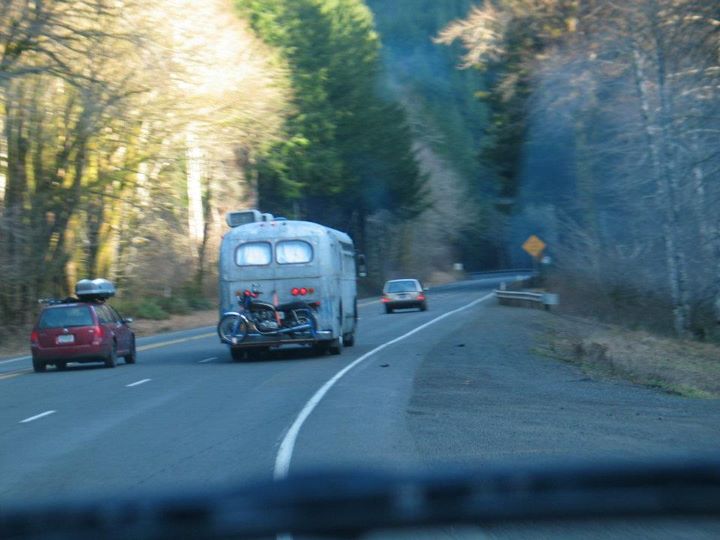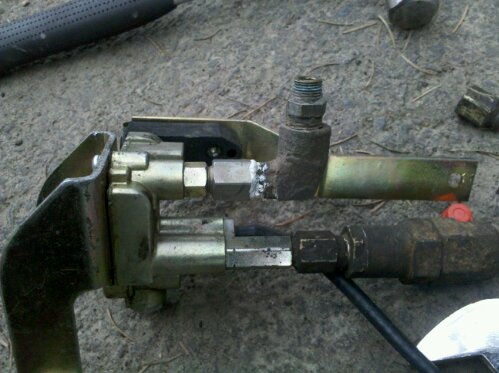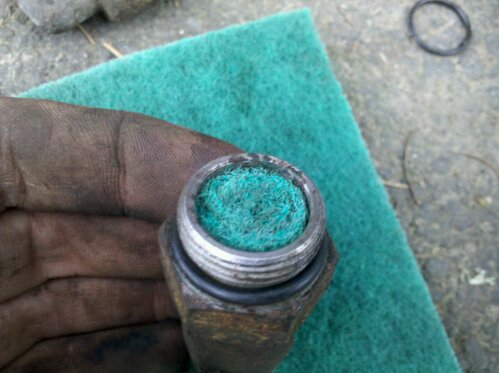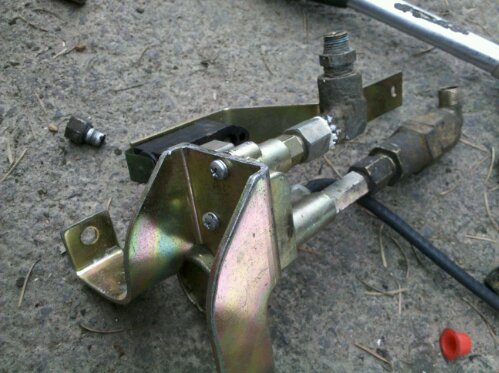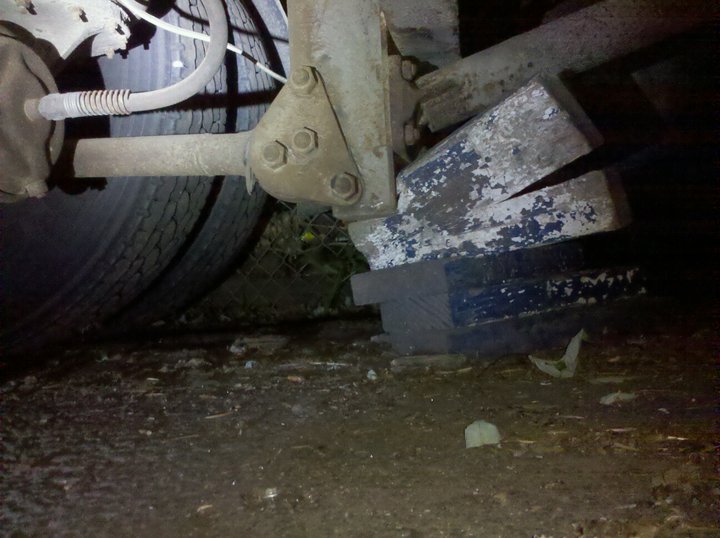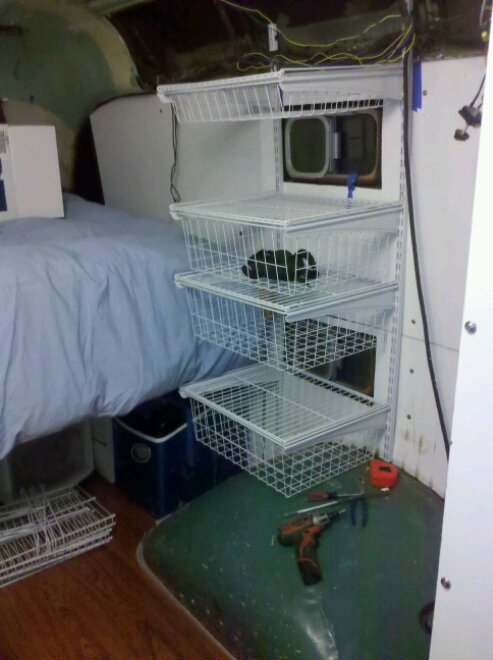So recently I’ve been tracking down an issue on The Ghost regarding power to climb hills.
Obviously the bus is heavy, an automatic, and not well powered (238HP near sea level) but it still seemed slow…slower than before I did the head/transmission swap. So I investigated.
After the last rack run and governor setting, I had so little power that I couldn’t even get on the freeway and break 30MPH. I found that I had to perform the same trick I had before, bury the governor air-gap screw, to make any reasonable power to shove down the road. I did this, and it still seemed poor at climbing hills (direct drive, not overdrive).
I was tinkering around with the governor the other evening, toying with settings and investigating any possible solutions to the lower power issue. What I eventually came across was the fact that the governor cover was NOT original and had been modified by someone in the past (this cover was new to The Ghost upon putting the 4-valve head and newer style shutdown solenoid on). Someone had welded a piece of flat-bar steel to the shaft coming through the cover, which was all find and well except that the flat bar was so ‘thick’ that the rack actually contacted it at about 70-75% while it was resting against it’s stop pin. The result of this contact was that the rack could never reach full open (like when climbing a hill under load). Not being able to give the engine the fuel it wanted while approaching a climb meant it quickly fell out of the desired power range and down into ‘crawl’ mode.
The quick and dirty, rather than replace the whole cover, was to just drive the stop-pin back upwards through the cover and let the shutdown arm rest a bit more towards the head and out of the way of normal road operation.
This repair made a very nice difference.
There appears to still be an issue with calling for fuel to match the power, but since I have not yet re-run the rack and governor setup, we shall see if the gov. gap screw still needs to be buried to make the coach move.
In other news, the spring arrived for the transmission O/D that had broken on our trip to Burning Man 2011. I swapped it in last night while in Newberg, OR heading home and it unfortunately did not fix the issue. I was skeptical. I will likely have to jack up the rear axle so I can do some speed related tests and measure pressures on the transmission. I currently suspect either a sticking valve (you can feel the coach lightly shudder as if it was attempting to shift into O/D, and also when coming out) or possibly something causing a massive fluid dump when going into O/D causing it to float and stay in direct drive.
If something were damaged (blown planetary, input shaft issue, or blown clutch) I am figuring (by looking at the book) that it would free-wheel and act like a neutral shift, rather than stay in direct drive. I will investigate further.

